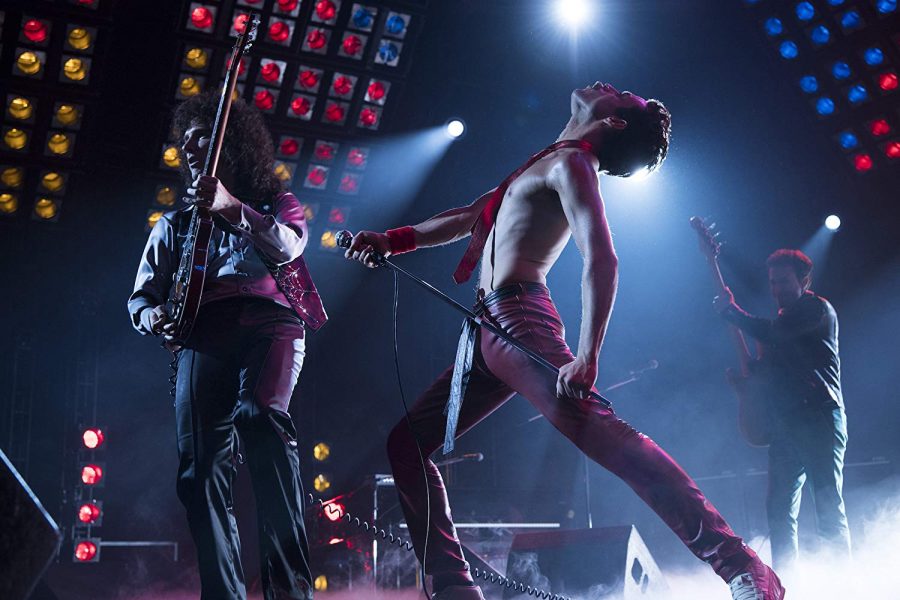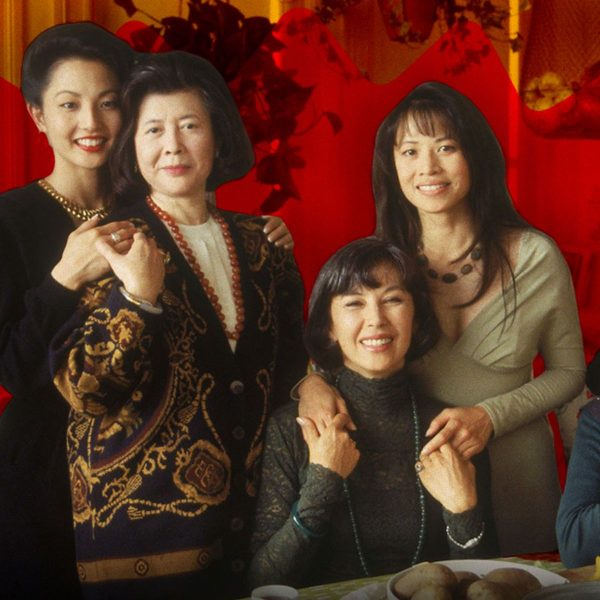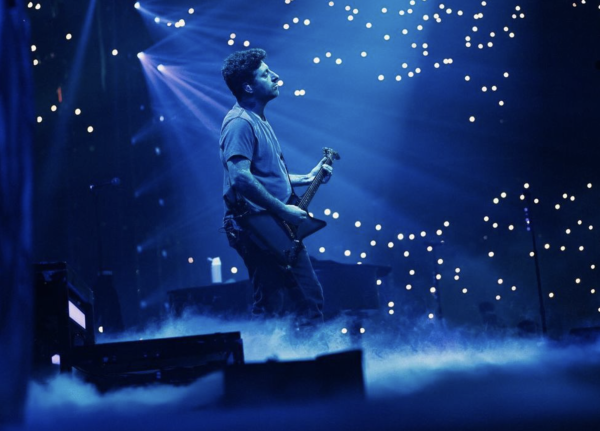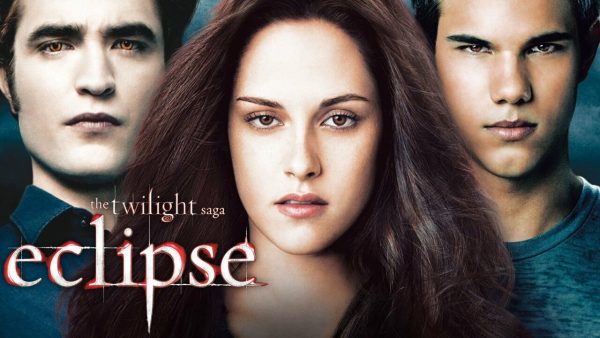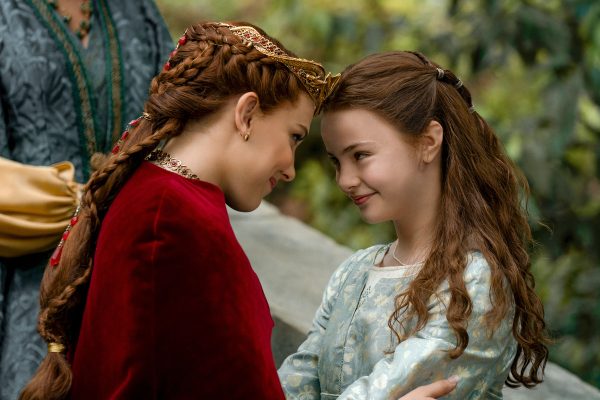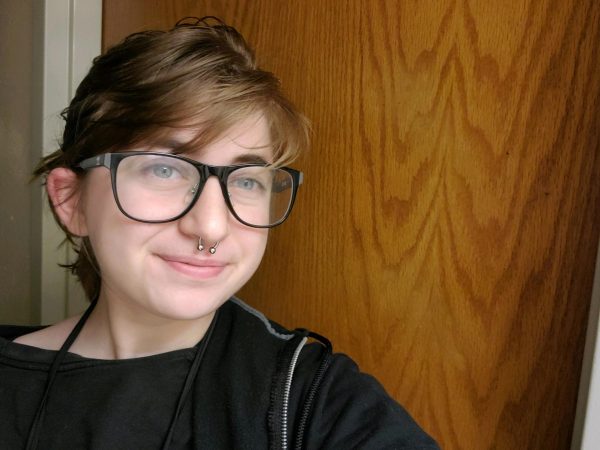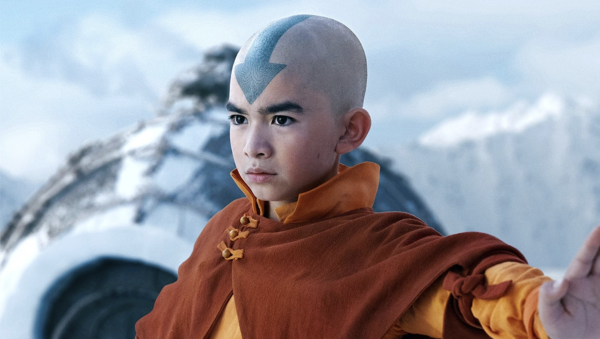‘Bohemian Rhapsody’ succeeds despite flaws
Boom-Boom-Clap, Boom-Boom-Clap! Queen’s iconic “We Will Rock You” is known by both the young and old with its catchy melody sung by the captivating voice of Freddie Mercury. Bryan Singer’s new film “Bohemian Rhapsody” starring Rami Malek (Mr. Robot) tells the story of Mercury, Queen, and their beloved anthems of the 80’s.
The film begins in the early 1970’s with young Freddie Mercury (then Farrokh Bulsara) going to college for design and joining a band that, by serendipity, just lost its lead singer. From then on, it’s non-stop success for the newly dubbed band Queen.
Then, of course, comes the archetypal bad times fueled by drugs, parties, and a failing marriage to Mary Austin (Lucy Boyton). Freddie hits an all time low, as he’s sabotaged by his partner Paul Prenter (Allen Leech) who alienates him from the band and encourages Freddie’s hedonistic lifestyle. The film’s third act highlights the story of redemption and family, tinged by the fear of AIDS and Freddie’s impending death. It’s a story that everyone is familiar with, but told at breakneck speed.
The star of all of this drama, Rami Malek, (complete with protruding dentures) throws himself into his performance as Freddie Mercury. Even though the plot moves quickly, Malek manages to show clear character development and growth as Freddie works through managing fame, friends and love. His role is the heart of “Bohemian Rhapsody” and really fills every scene that he’s in. The other characters matter, but Malek is the queen of the screen.
This phenomenon is also one of this film’s biggest flaws. The script creates a vacuum around Freddie that simply has no time or space to develop the side characters or explore the culture and times of Queen. The story aims to move from point A to B, but doesn’t ask why things happened or explore the subtleties of the scenes (possibly because director Dexter Fletcher took over mid-film). By choosing to paint a musical history in broad strokes, “Bohemian Rhapsody” sacrifices its true heart.
The most memorable parts of this film are the sequences with the band, watching their chemistry and seeing their classic songs grow and develop. The cast was well-selected and their interactions and stories were told to the writers by the actual band members. The plot of “Bohemian Rhapsody” was carried by its musical numbers, entertaining the audience between drawn out periods of storytelling.
It naturally follows then that the best part of “Bohemian Rhapsody” by far was the closing sequence, which recreated Queen’s performance at the 1985 Live Aid concert. In it, Singer let history speak for itself, choosing to simply perform the concert and play the songs that were played on that day.
However, the meaning and soul of the songs changed for the audience in light of the story of Queen and Freddie Mercury that had been told for the previous hour and a half. It’s a chilling scene that any fan of Queen would love. The closing segment highlights the persistence of Queen in our culture and its effect on not only shaping the 80’s, but changing and molding the music of today.
“Bohemian Rhapsody” is a must-see film for Queen fanatics, but it’s also good entertainment for those new to the lore of the band. With a catchy soundtrack that you’ll be singing for the rest of the week, “Bohemian Rhapsody’s” successes outweigh its flaws and is a definite crowd-pleaser.

Brian is a junior Biology and Psychology major that loves to watch and talk about movies and tv shows. He writes movie reviews for The Wichitan and is...



